My First Trip to Cambodia
It was my first morning in Siem Reap, on my first ever trip to Cambodia. I knew no-one except a handful of staff I’d met the evening before at the hotel. I couldn’t speak one word of Khmer, and I was still trying to wrap my head around the local currency – I had converted my Aussie dollars into Cambodian riels but was wondering if I should have brought some US dollars instead, as some had advised. You would think having been raised in Southeast Asia and looking more or less like a local, that I would fit effortlessly in; you would be wrong. This was all quite new and quite strange to me.
Wok Around Asia: Cambodian Cuisine
I was in Siem Reap for Wok Around Asia, a food and recipe-focused web series I’m producing for my online platforms. In two days, I would be filming 5 Khmer cooking videos with Chef Chanrith Van of Courtyard by Marriott Siem Reap Resort. I needed to get up to speed quickly on Khmer food, so what better way to do so than to visit the sprawling local market, with Chef Chanrith as my guide?
Chef Chanrith Van
I would later learn that Chef Chanrith Van is one of Cambodia’s most highly-regarded chefs, though you wouldn’t know it from his humble demeanor. This was what I learned from Chef Chanrith that morning and during my 5-day stay; the list is by no means comprehensive and it’s not in any order. It largely reflects what I found fascinating and different about Cambodian cuisine and cooking.
Lok Lak
This is both the name of the in-house restaurant at Courtyard by Marriott Siem Reap Resort, and the name of a famous Khmer dish. It literally means “cube,” hence why Chef Chanrith’s version has the beef cut into small cubes, unlike at most other places, where it is sliced. The beef is cooked in an intriguing mix of oyster sauce, kampot peppercorn, dark soya sauce and palm sugar among other ingredients, and it’s so good I ate it again as my last meal before I left Cambodia. By the way, there’s great lok lak per what I found at Lok Lak Restaurant, and there’s lok lak that tastes like a regular stir-fried beef with oyster sauce, at any number of eateries in Siem Reap.
Prahok
Fermented fish; Chef Chanrith explains that Prahok is used in 9 out of 10 Cambodian dishes.
Flowers
Cambodians use a variety of flowers in their dishes, as garnishes and in salads.
Pickles
I saw all kinds of pickles at the market, made from what looked like papaya, cucumber, and daikon; I’m told they’re commonly served with rice or grilled fish.
Red Ants
In one of my upcoming videos, Chef Chanrith uses red ants in a rare beef salad; they taste sour and when deep-fried, they provide a crunchy texture to any dish.
Green Tamarind
I spotted these tubs of what I thought were a chilli paste, but it turns out they were crushed green tamarind. It tasted sour like tamarind, but with a lighter, fresher note.
Vegetable Soup
You could be forgiven for thinking these were vegetable offcuts but in fact, they’re vegetable premixes used for making soup, which is a staple of Cambodian diet; I’m told that’s what most people eat every day.
Palm Juice and Palm Sugar
Cambodians drink palm fruit juice the way we Malaysians drink coconut juice; they also use it to make terrific palm sugar (I brought some back with me to Sydney).
Raw Salted Clams
This has to be one of the most exotic foods I saw in Siem Reap – raw clams laid out on trays in the sun, with salt and chili sprinkled over them; they’re typically eaten with rice. I didn’t get to try them on this trip, so that’s something to look forward to another time.
Kampot Pepper
Considered the world’s best pepper, they come in a number of varieties – green, black, red or white. I’m still kicking myself for not bringing some back with me to Sydney – long story (though I did find out that the green variety would have been confiscated by Australian customs).

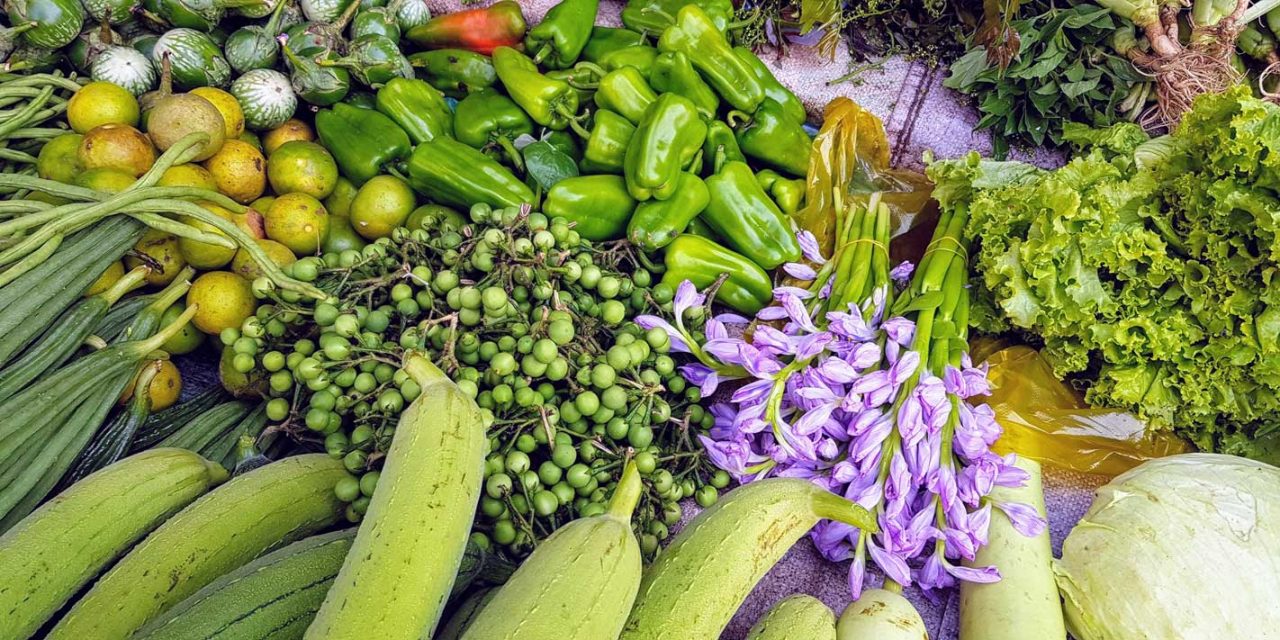
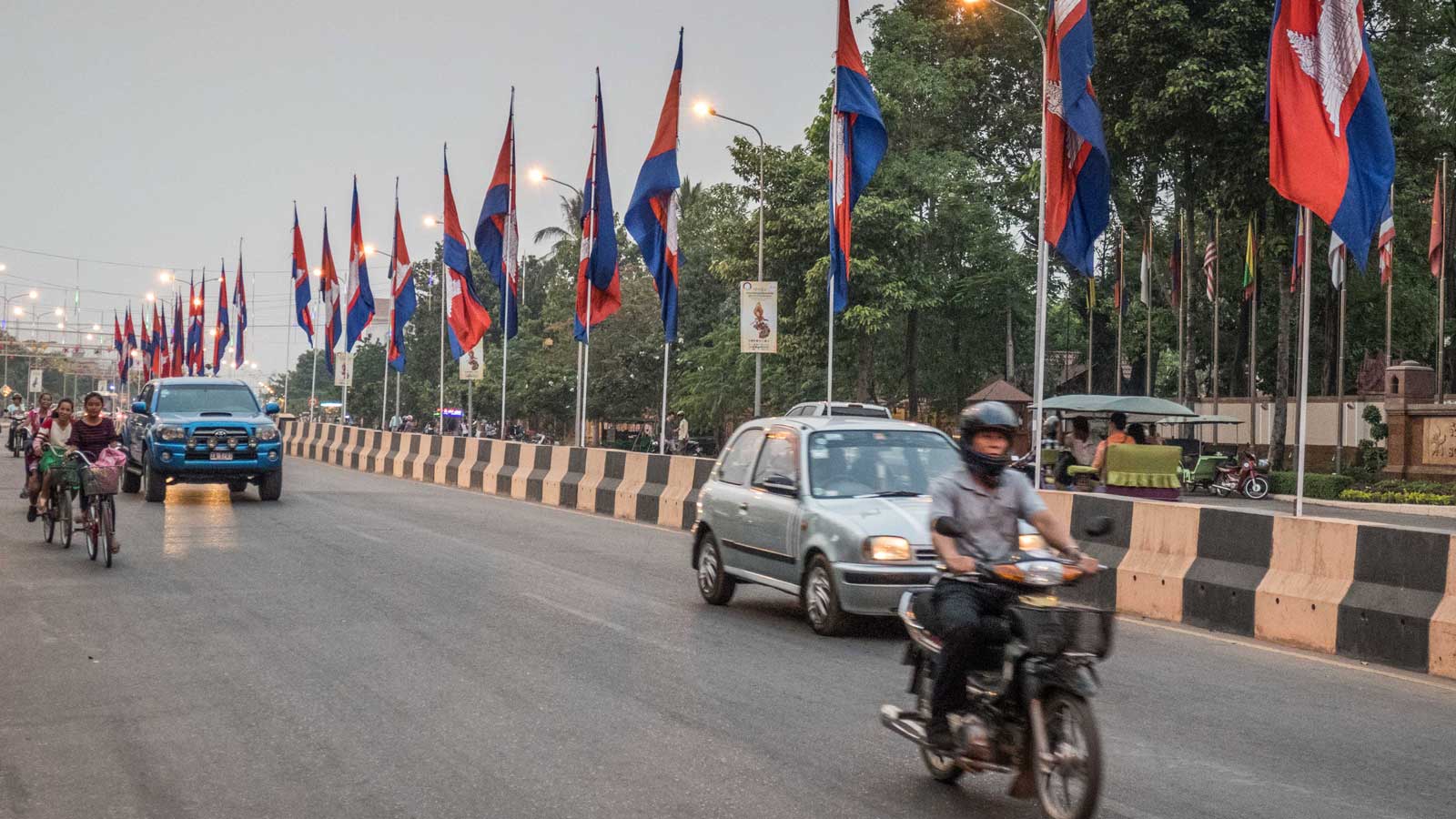

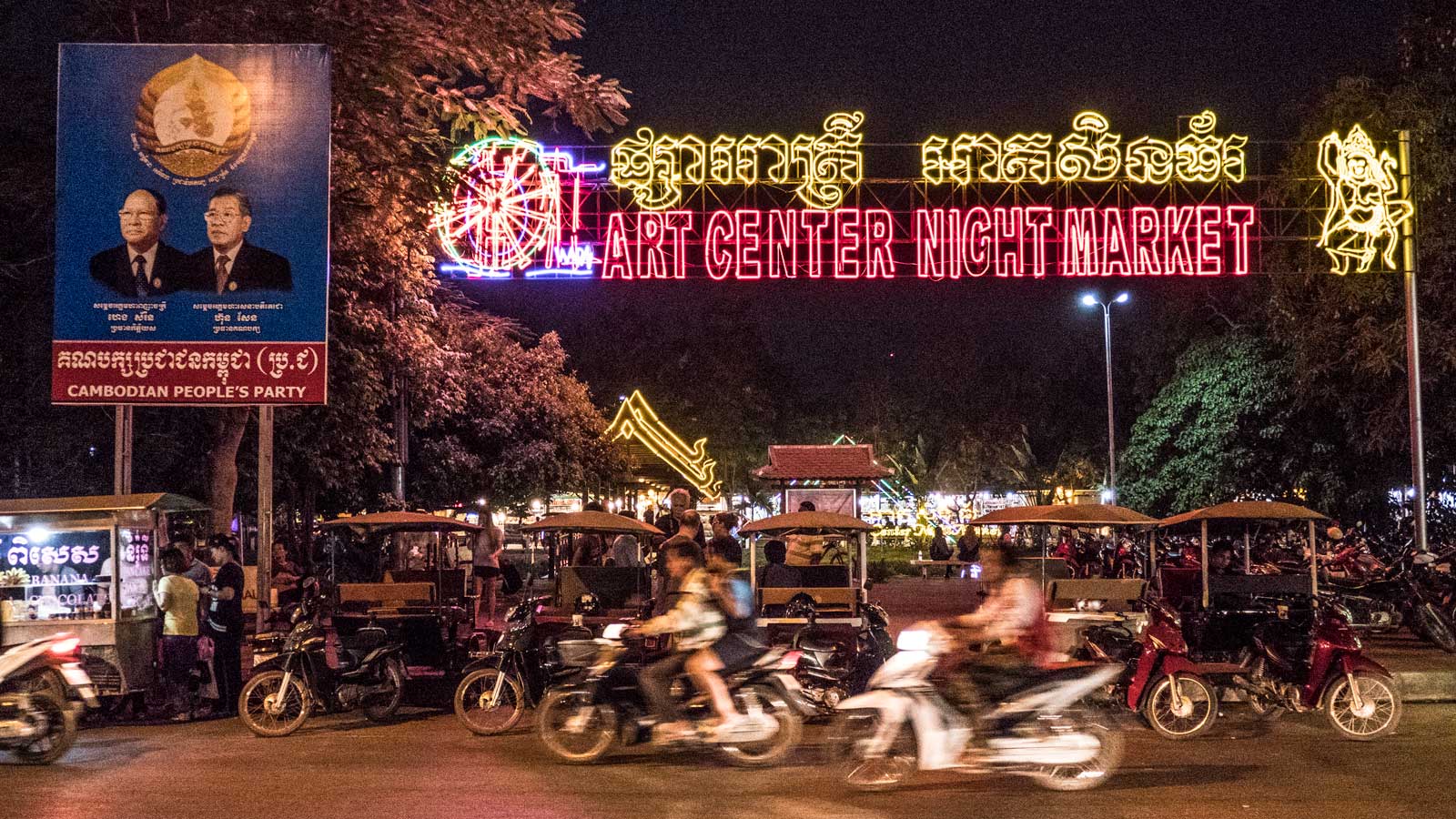

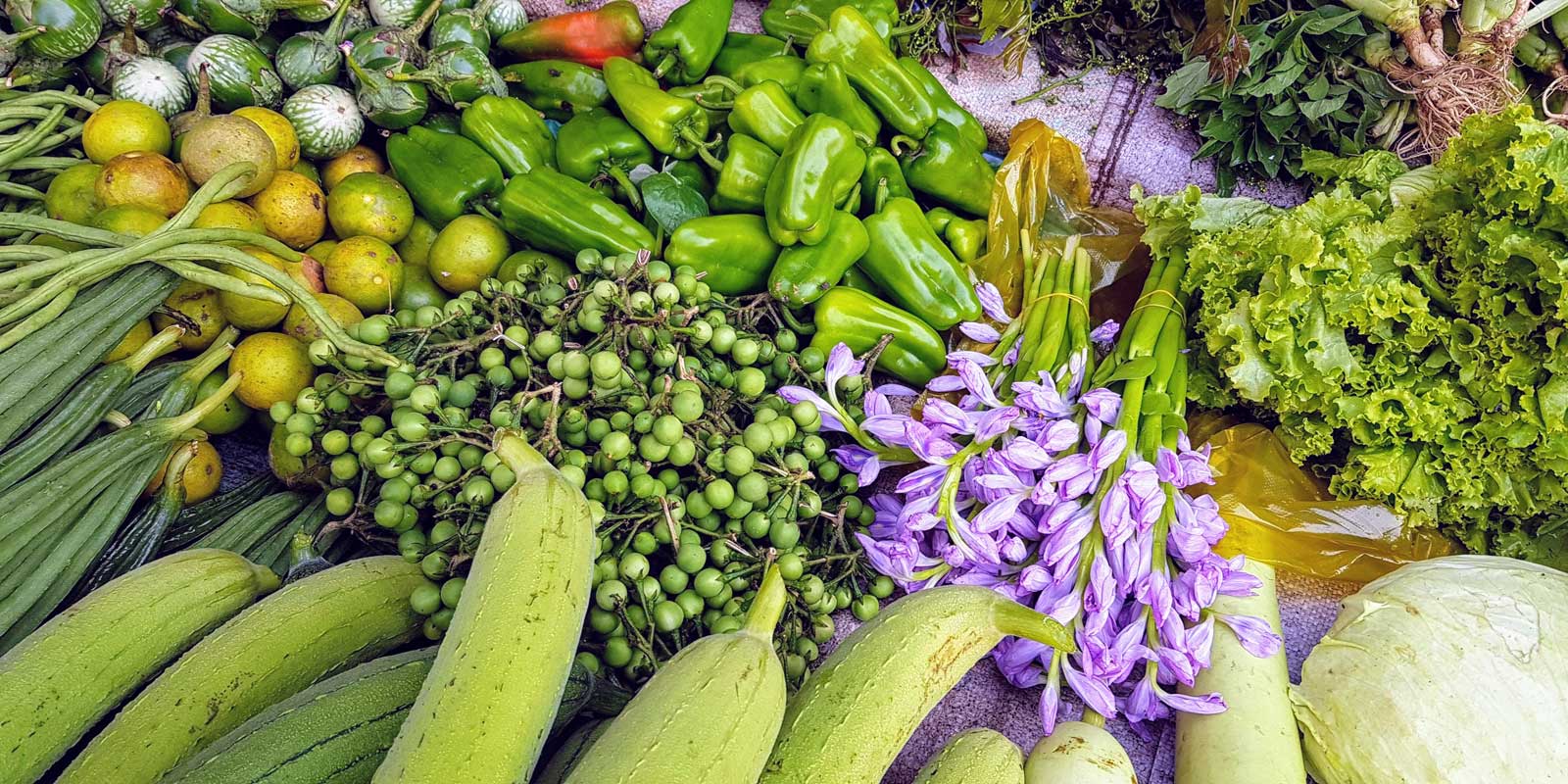

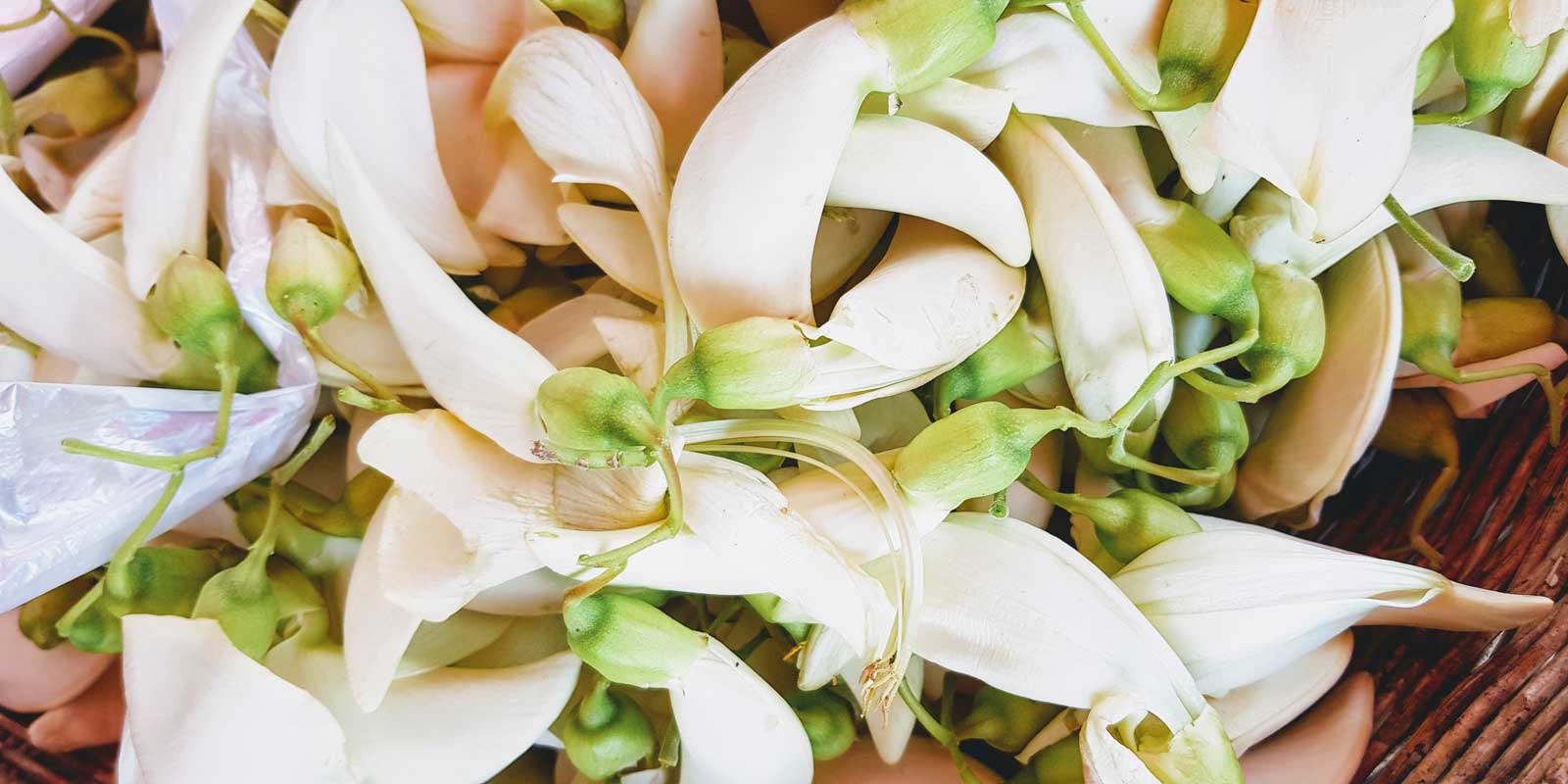
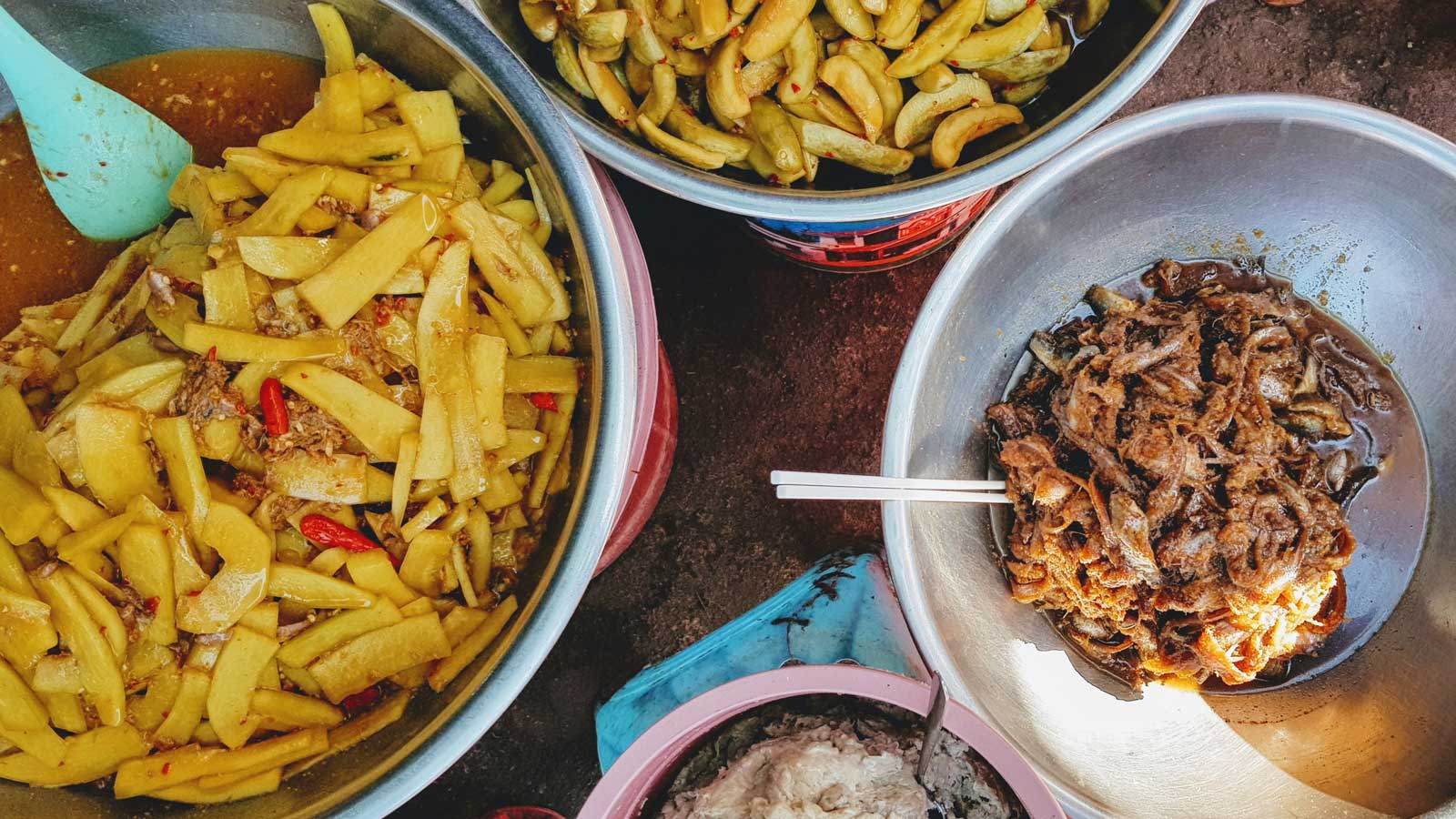
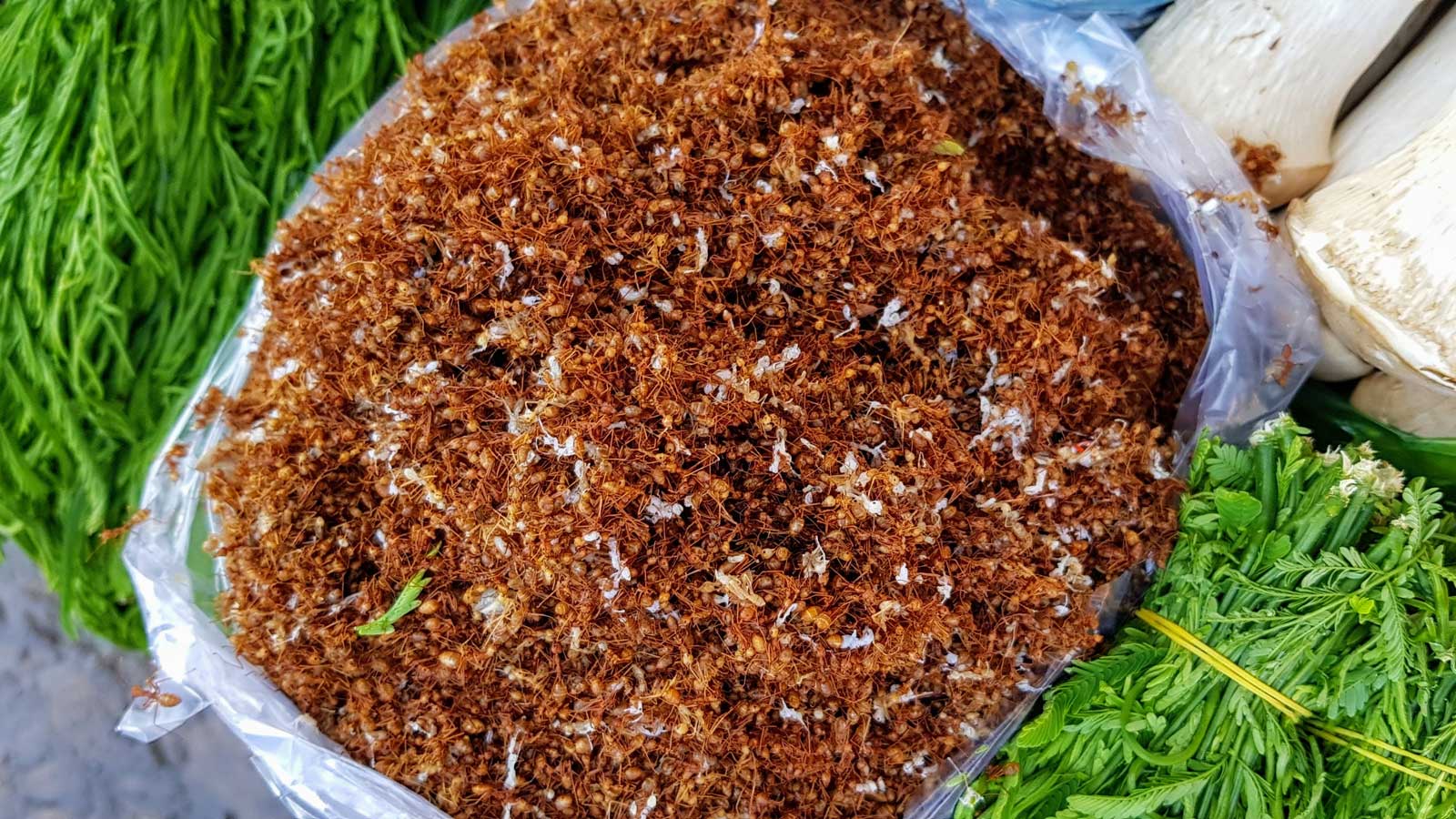
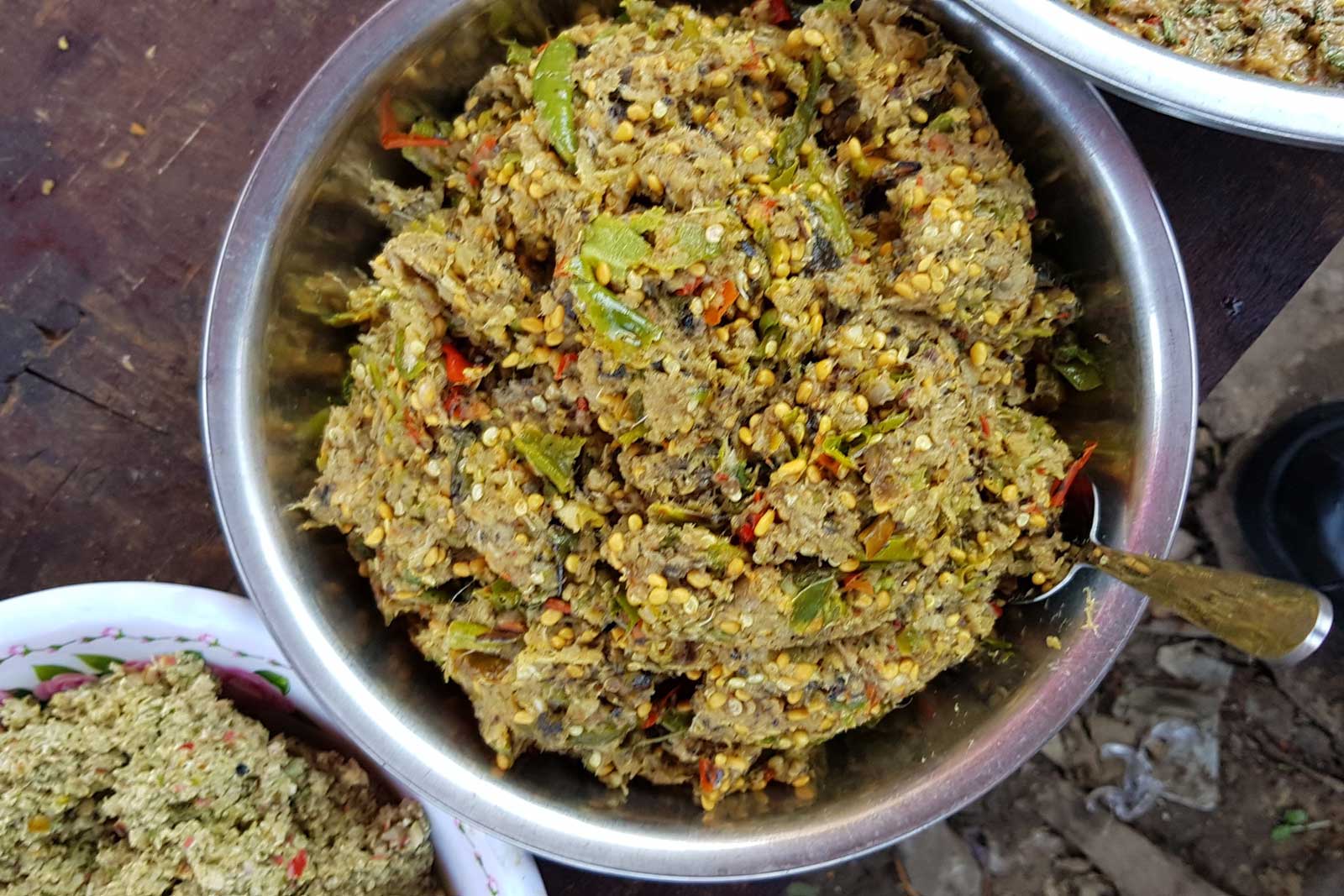
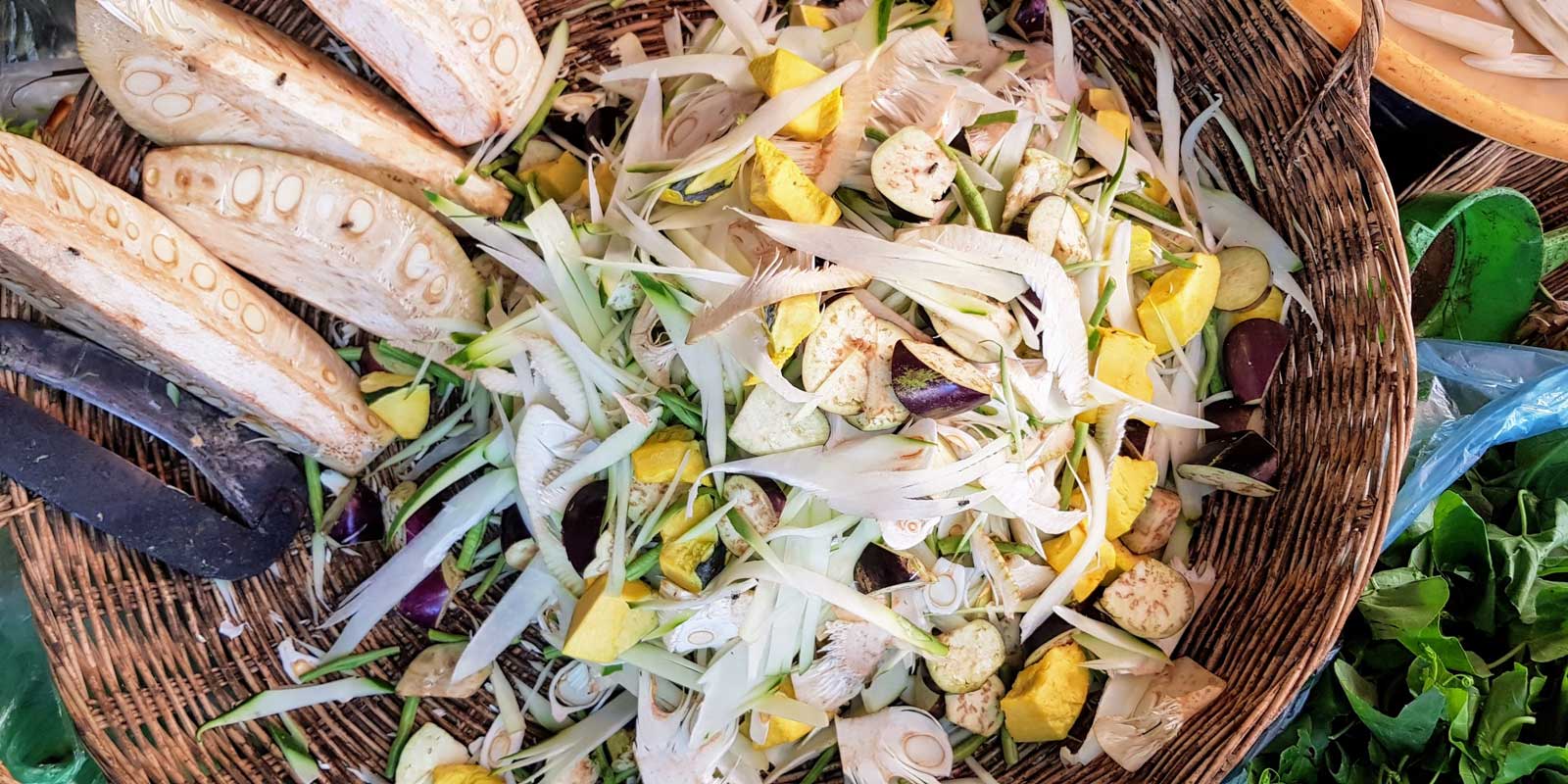
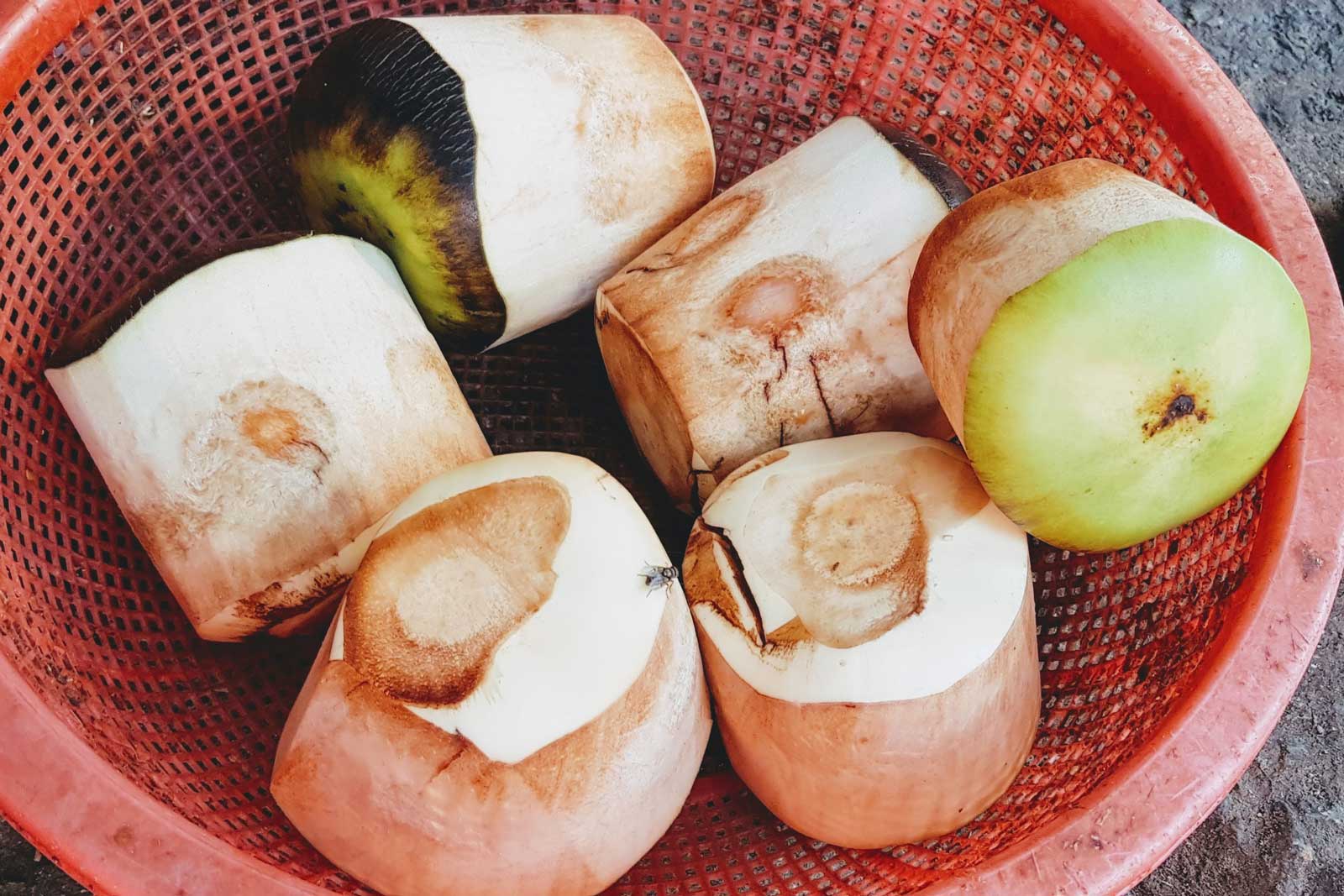
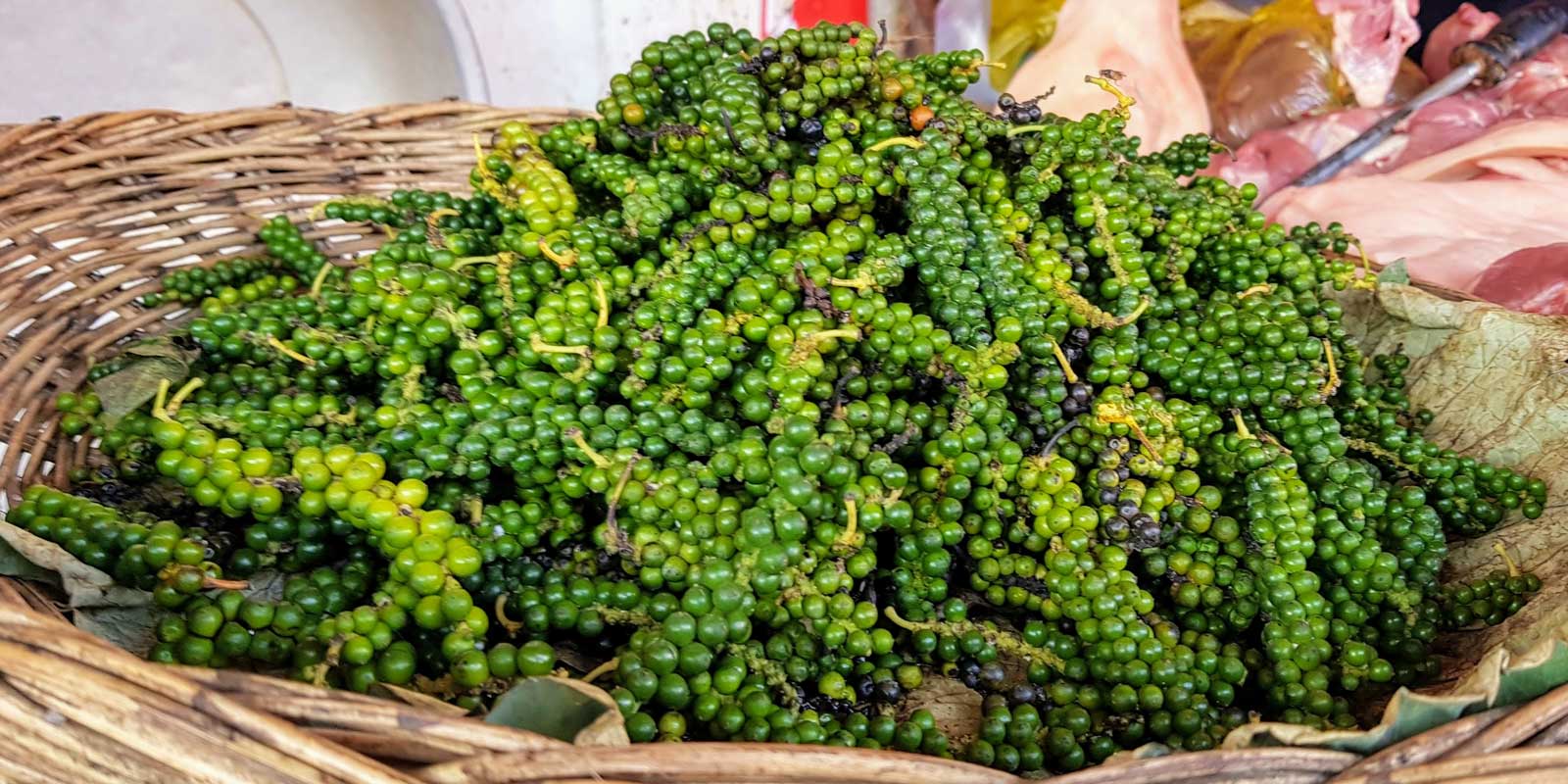
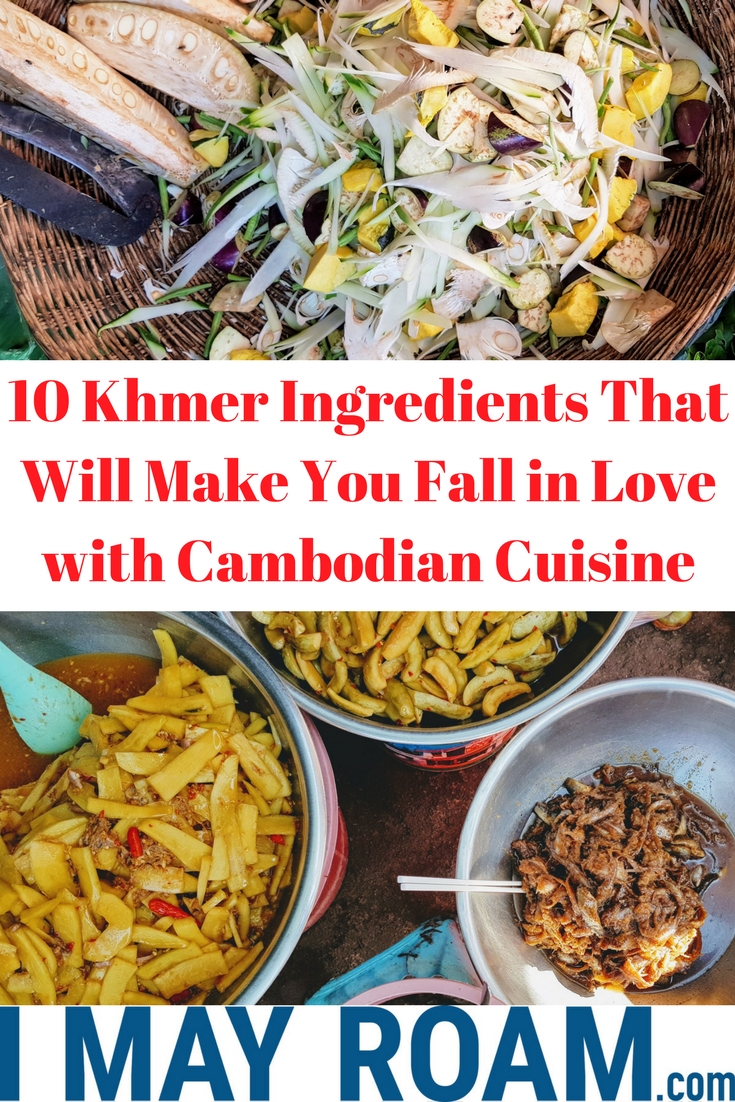
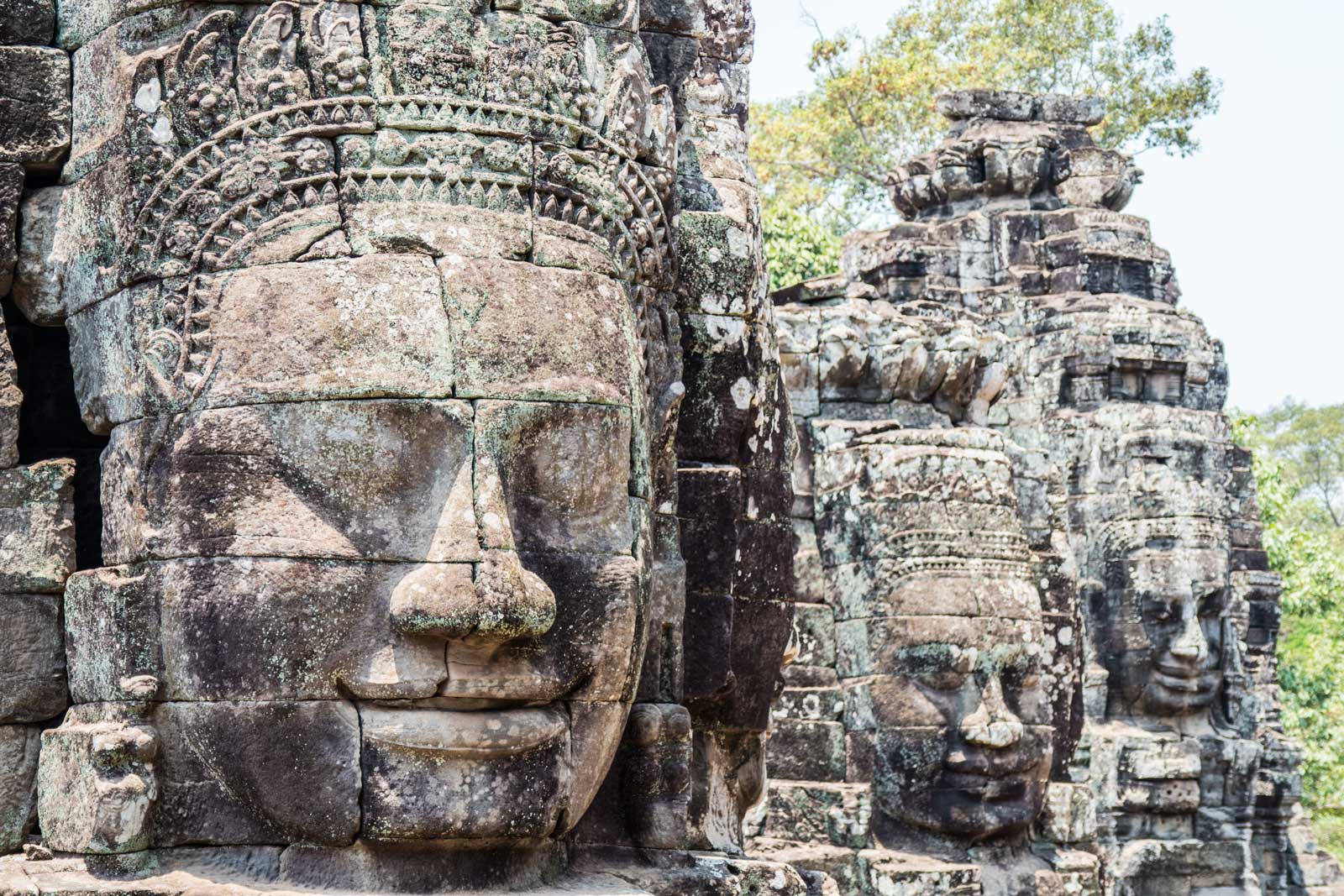
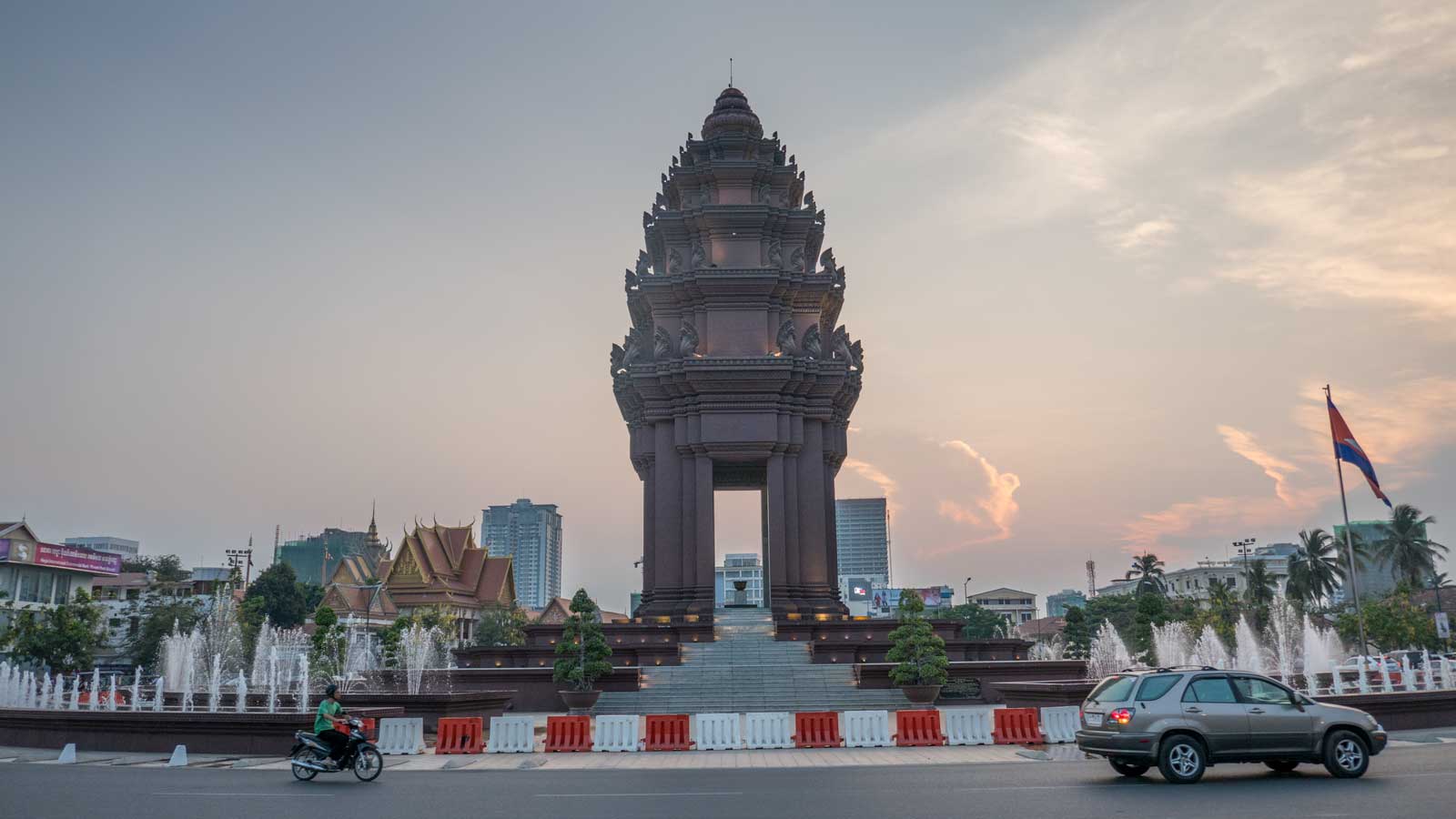





Love learning about ingredients for different cultures! I am honestly not the best cook but I love experimenting and I do find myself gettin more and more confident in the kitchen! Thank you for sharing all these hidden gems!
The vegetables mixture for soup looks very healthy and green! Red ants topping for the dish?! Yum… If you’re not careful I guess it can be mistaken for deep fried shallots too~
I think one pf the best ways to lean a new culture is through their food. Most of the time I’m pretty o.k. with that….Until the ants…lol…
Red ants?!?!? The rest I’m willing to try and give it a go but the red ants put me to a stop there. I’m amazed that you actually braved through it.
I think it’s awesome that you’re sharing this! I don’t know much about Combodian cuisine and it would be so nice to learn about it. I really enjoyed reading everything that you shared!
Never tried cambodian cuisine, but this definitely makes me want to give it a shot!
What an amazing opportunity and experience exploring Siem Reap and getting to know all their amazing food! I really want to visit one day, hopefully next year. I think I would love the Lok Lak a lot!!
I learned so much about Cambodian food during my short trip there; I wish I’d had the chance to experience more of the cuisine but yes, Lok Lak is definitely a keeper 🙂
I love asian food yet I never had the chance to try cambodian dishes. Some you’ve showcased seems really delicious and would love to taste, but the fermented fish for example seems a bit extreme for my taste.
The first time I saw actual Cambodian food was on the Travel Channel last year and the chef and his wife prepared a salad that included the crispy fried red ants. The one thing that struck me about the food they presented was that it was very fresh and used lots of fresh herbs. Sadly I have not seen a Cambodian restaurant in my area.
I recently got watch a documentary on Cambodia a few days ago, I love how rich the culture and food is and there survival to live.
Cambodia is on my bucket list and your post just got it bumped up!